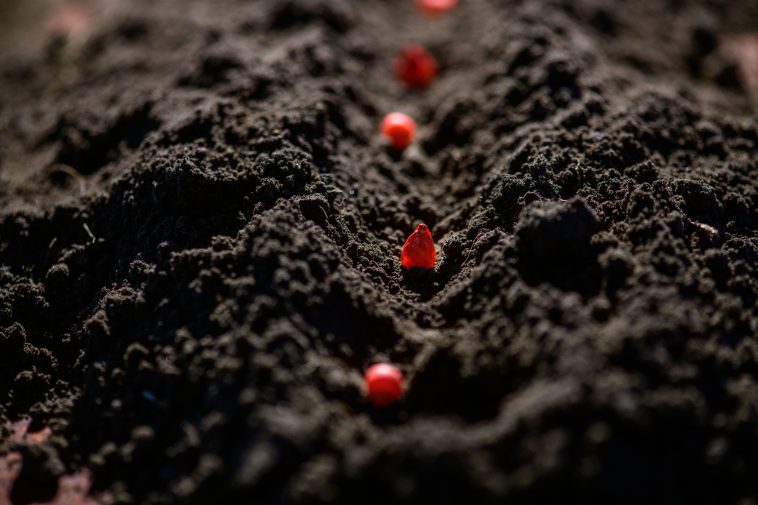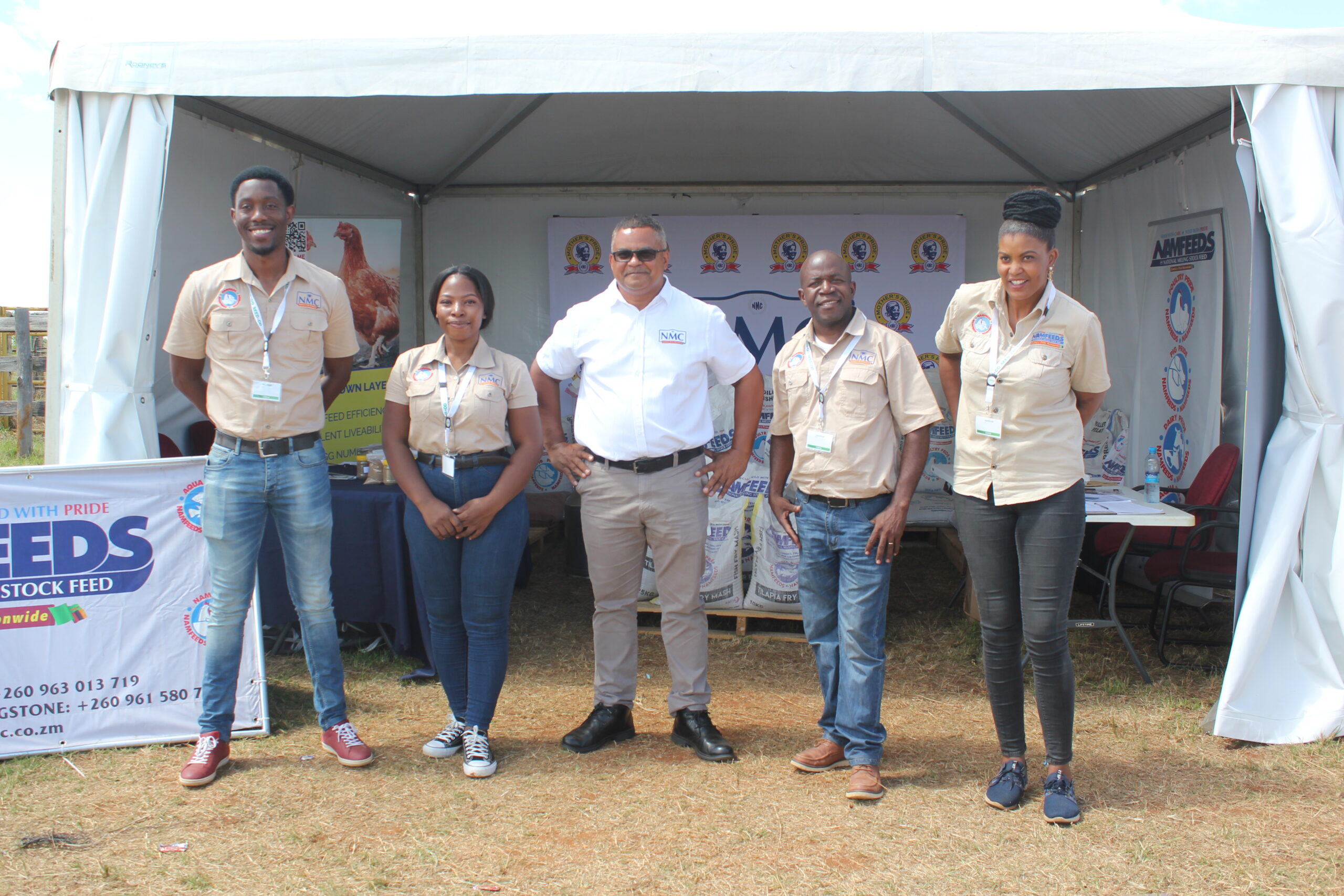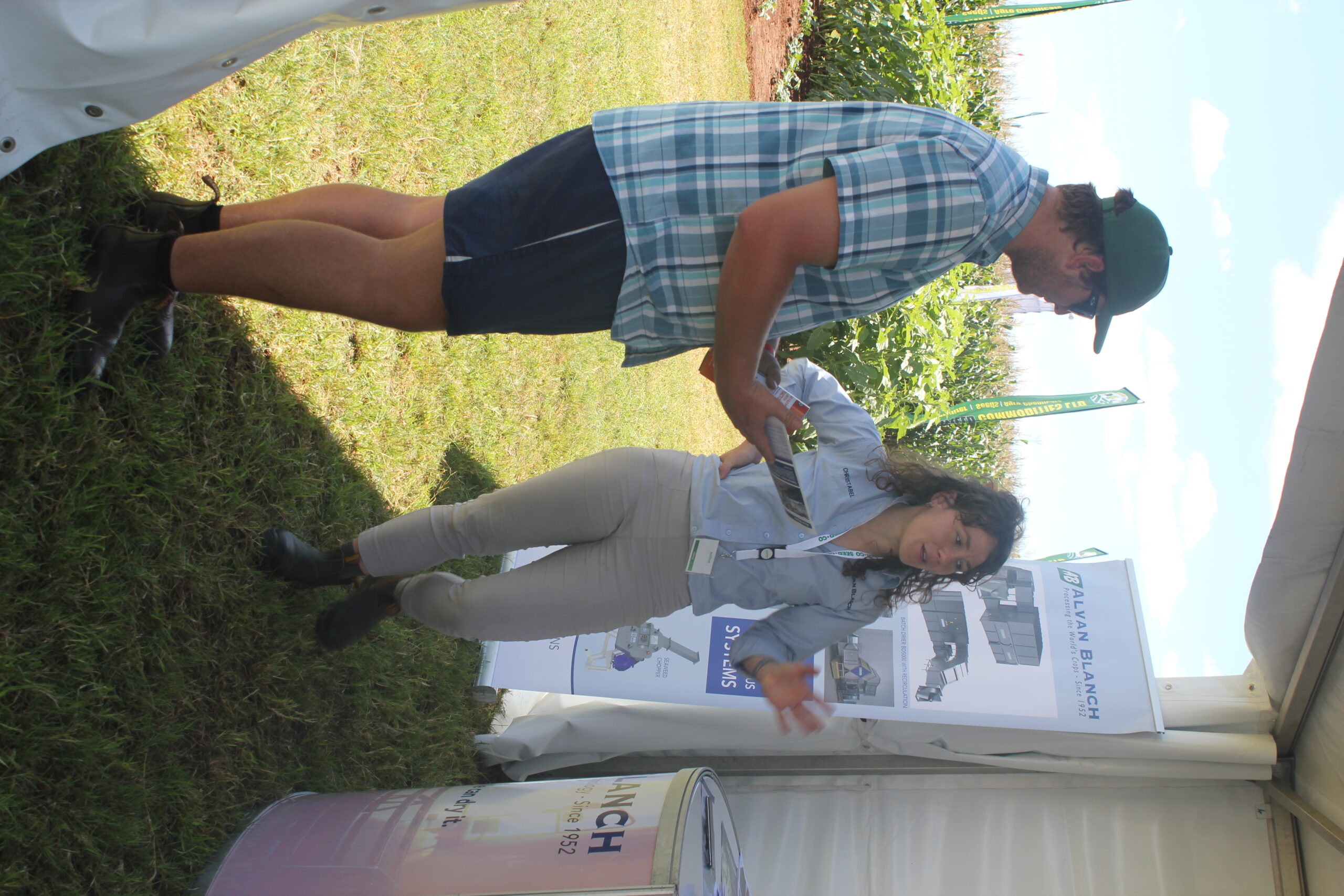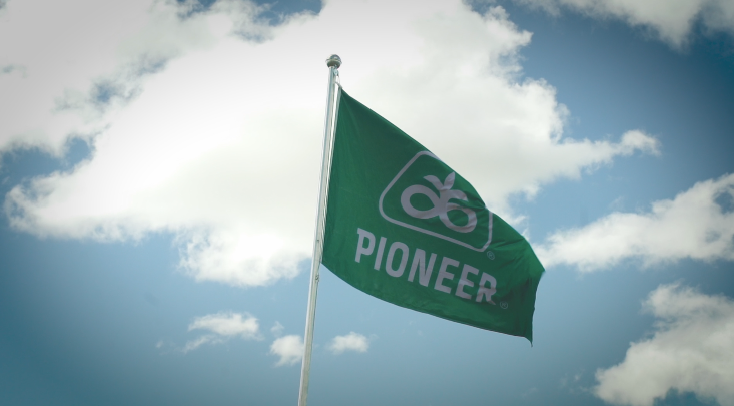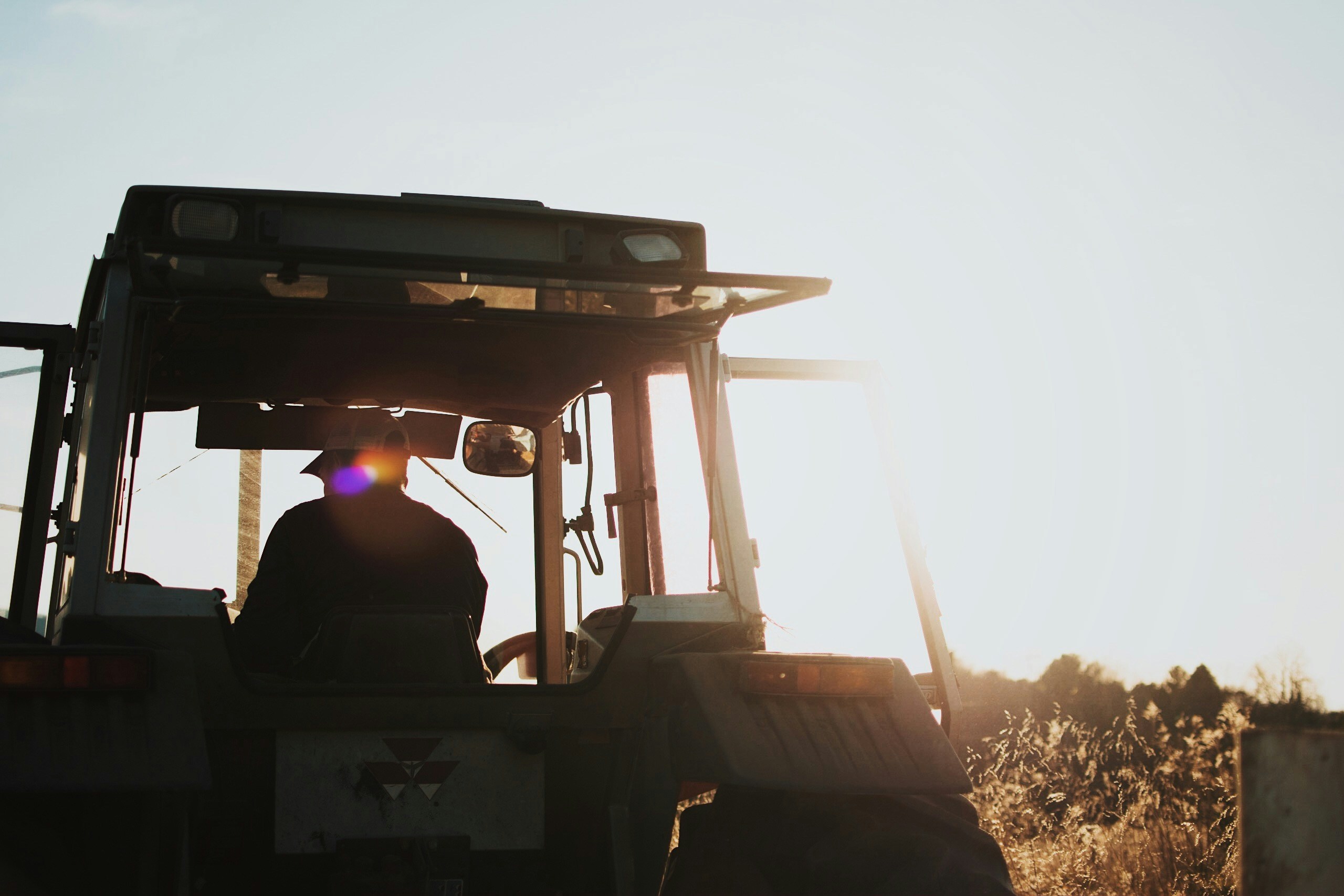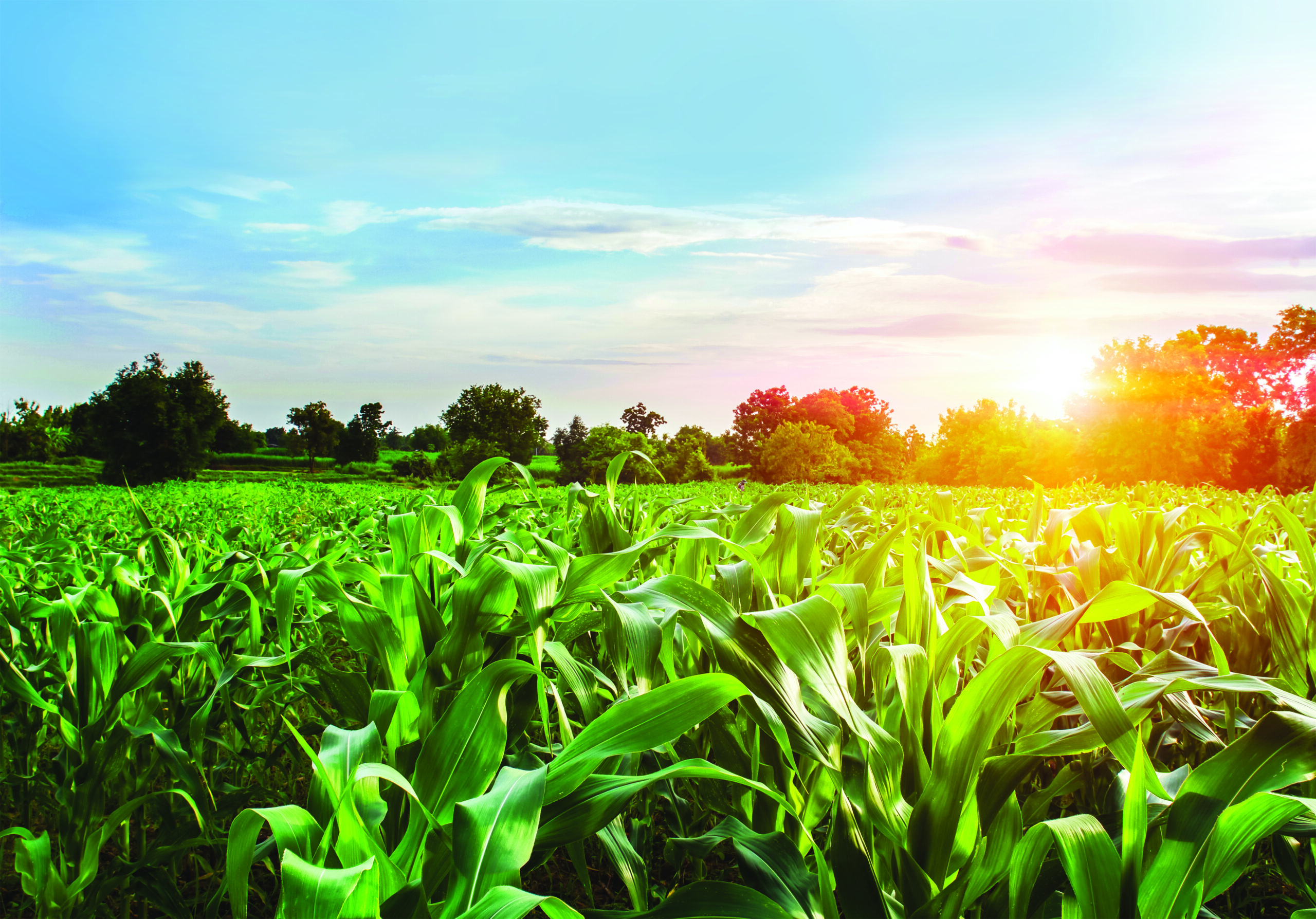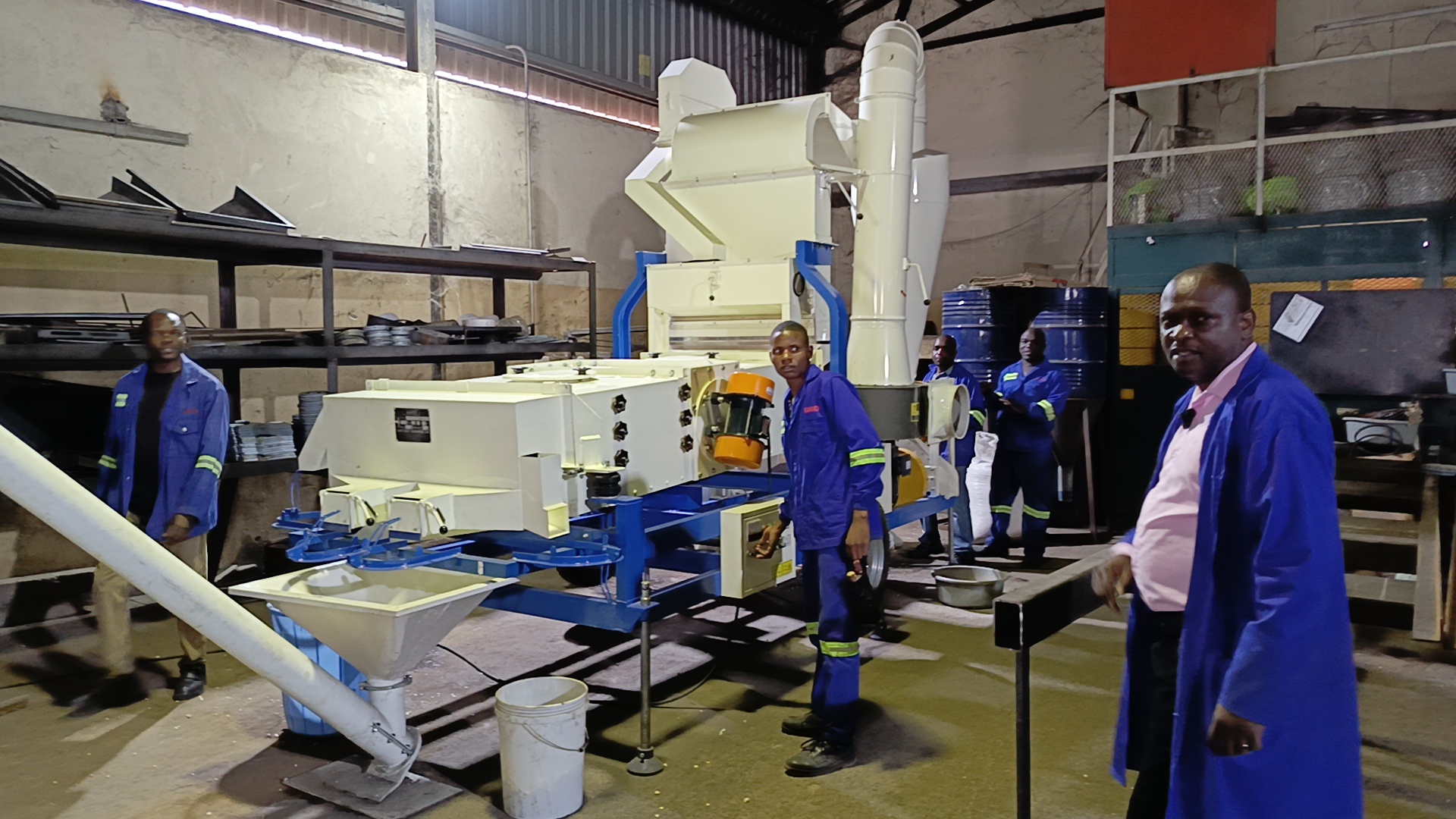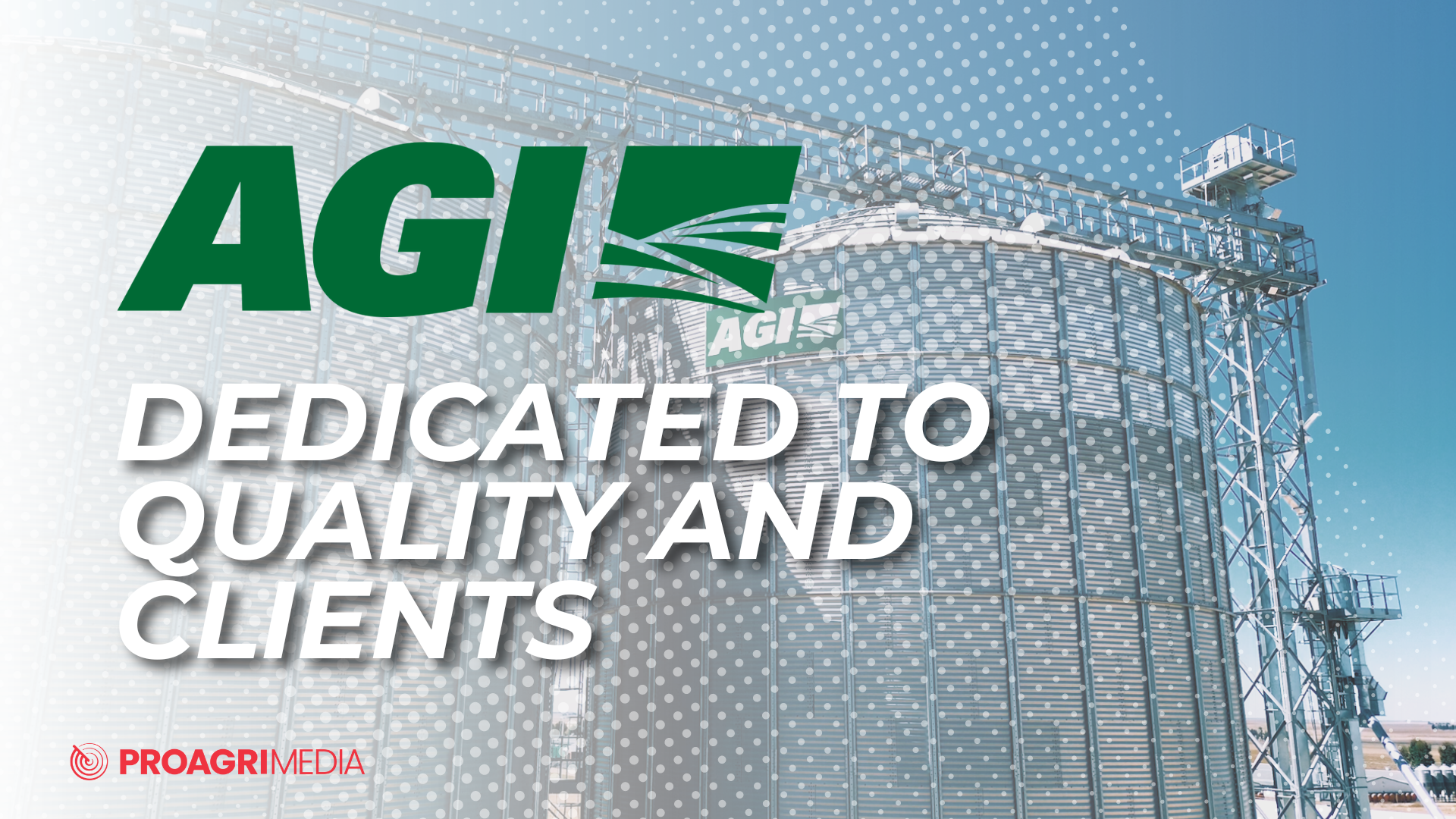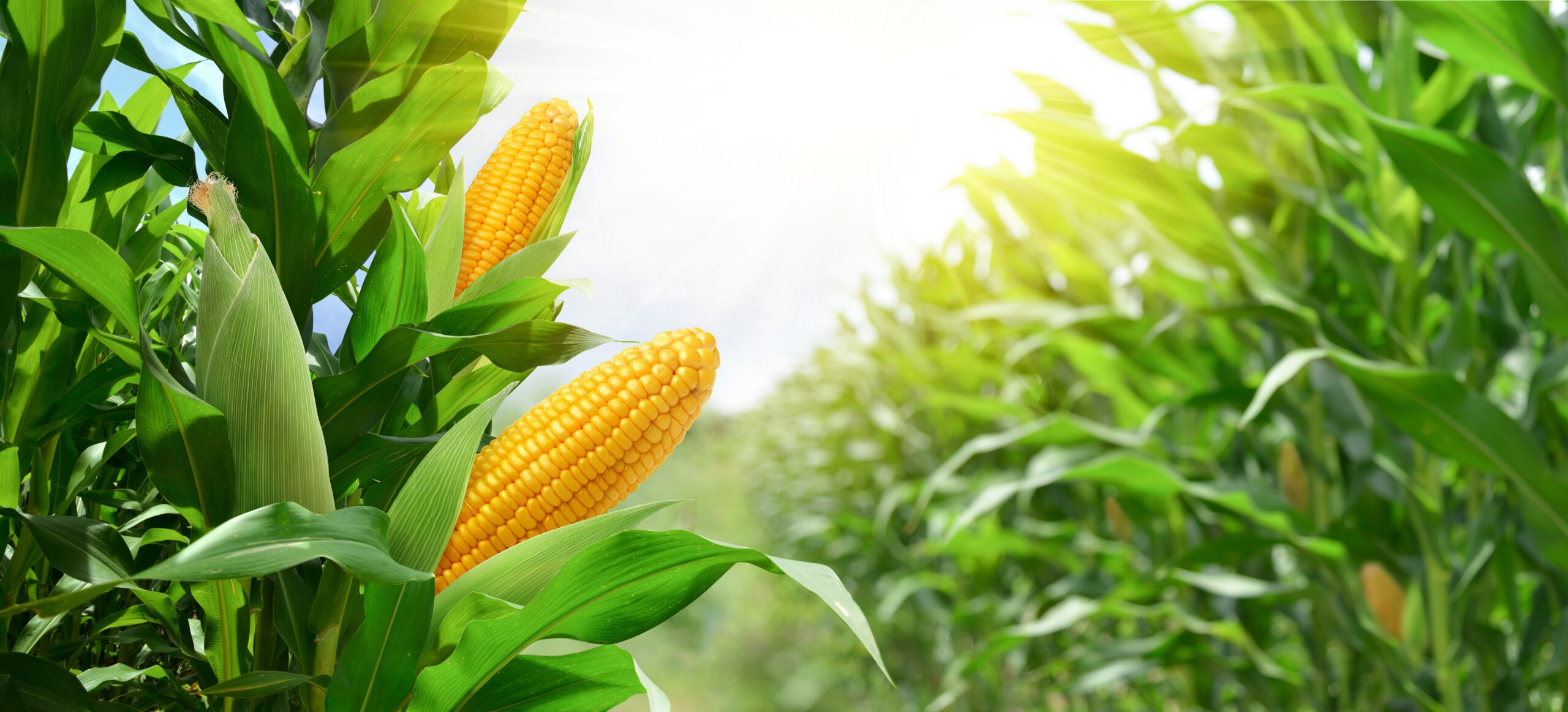Seeds are a vital input for agricultural productivity. There are many seed companies that offers good seed. To provide the farmer with the best yields, seed should have the best genetics. But to enhance and help express its genetic potential, resist disease, and withstand pests, seeds should be treated to protect them.
On top of that, farmers must maintain several environmental factors to ensure good crop production. For example, keep seed out of direct sunlight as this destroys the quality. It must also be kept at the recommended moisture level (12-13 °C for maize), with controlled humidity and airflow.
If all the environmental conditions are taken care of, there are still more that can be done to help it reach its full potential. Syngenta has a department dedicated to protecting all types of seeds distributed in Zambia and beyond. Let us discuss some of Syngenta’s technologies offered to the seed industry.
Maize seed

In Zambia, maize is a vital crop to the countries in the region. Zambia exports maize seed to the region’s countries. To be accepted, seed must meet certain basic standards. Many diseases affect seed after planting and germination. Some disease pathogens live on and inside the seed, and some in the soil. They may be dormant, but once sown and germinating, they will infect the seedling. Pythium and Fusarium two common diseases that affects maize production. You can’t see them, but you can see their effects on the plant. Symptoms include seedling die-back, failure to germinate, and leaf defects. All of these factors impact plant quality and yield. Also, maize seed is susceptible to storage and soil pests. Some of the storage pests that can damage maize seed are the large grain borer, lesser grain borer, weevils, and beetles. In the soil, the seed, as it germinates, can be attacked by wireworms, white grubs, cutworms, and stalk borers. Even after germination, aphids, grasshoppers, and the deadly Fall Armyworm can attack the new plant.

Normal plant root growth (on the left) and improved root stimulation as a result of planting FORTENZATM Duo activated seed. (on the right).
To effectively cultivate maize, it is important that the seed is protected. Syngenta has seed-applied fungicides (SAF), seed applied insecticides (SAI) and some seed coatings that helps the products stick to seed, and for good plantability properties. MAXIM® XL is a seed applied fungicide that farmers can used to protect against soil and early fungal diseases. Protecting your seed with such products is similar to what is done to humans. When a child is born, they are vaccinated against many diseases such as polio, tuberculosis, and measles. MAXIM® XL has two active ingredients; one is contact, while the other is systemic. The implications are that the seed is protected in the soil as it germinates, as well as several weeks after germination. Treating the seed with only MAXIM® XL will protect the seed and seedling from diseases, however it is also important to protect it from soil pests.
Syngenta’s most popular SAIs is FORTENZATM Duo. This is activated on the seed and offers protection against soil pests, as well as foliar pests up to four weeks after planting. This is very important because the impact of soil pests on productivity is significant because they reduce the plant population. Plant population in maize production has a direct bearing on yield.

Seeds activated with FORTENZATM Duo showing effective root growth and good plant stand.
In addition to the soil pests, FORTENZATM Duo also provides protection against fall armyworms for up to four weeks after germination. The product will also offer protection against aphids, thrips, and grasshoppers.
Additionally, the product also has some activity in stimulating root growth, both in length and volume/mass. This is very important because it allows the plant to maximise water and nutrient uptake.
To allow these products to stick to the seed, a product called polymer, which also gives colour, is added. The polymer also allows the seed to freely flow when being planted. Therefore, the quality of seed is determined by the genetics of the seed, the environment in which it has been kept, and the protection that the seed has been treated with. Next time you want to buy seed from an open area, think twice because you could just be buying fake seed.
Other crops, such as wheat, also have products from Syngenta. In wheat, Syngenta supplies a product called CELEST® Top, which has three active ingredients: two fungicides and an insecticide. This gives the seed total protection from one product.
For more information about solutions to protect any type of seed, visit www.syngenta.com or contact Felix Tembo, Seedcare Syngenta Key Account Manager for Southern Africa, by sending an e-mail to felix.tembo-1@syngenta.com, or call +260-967-382-102.

